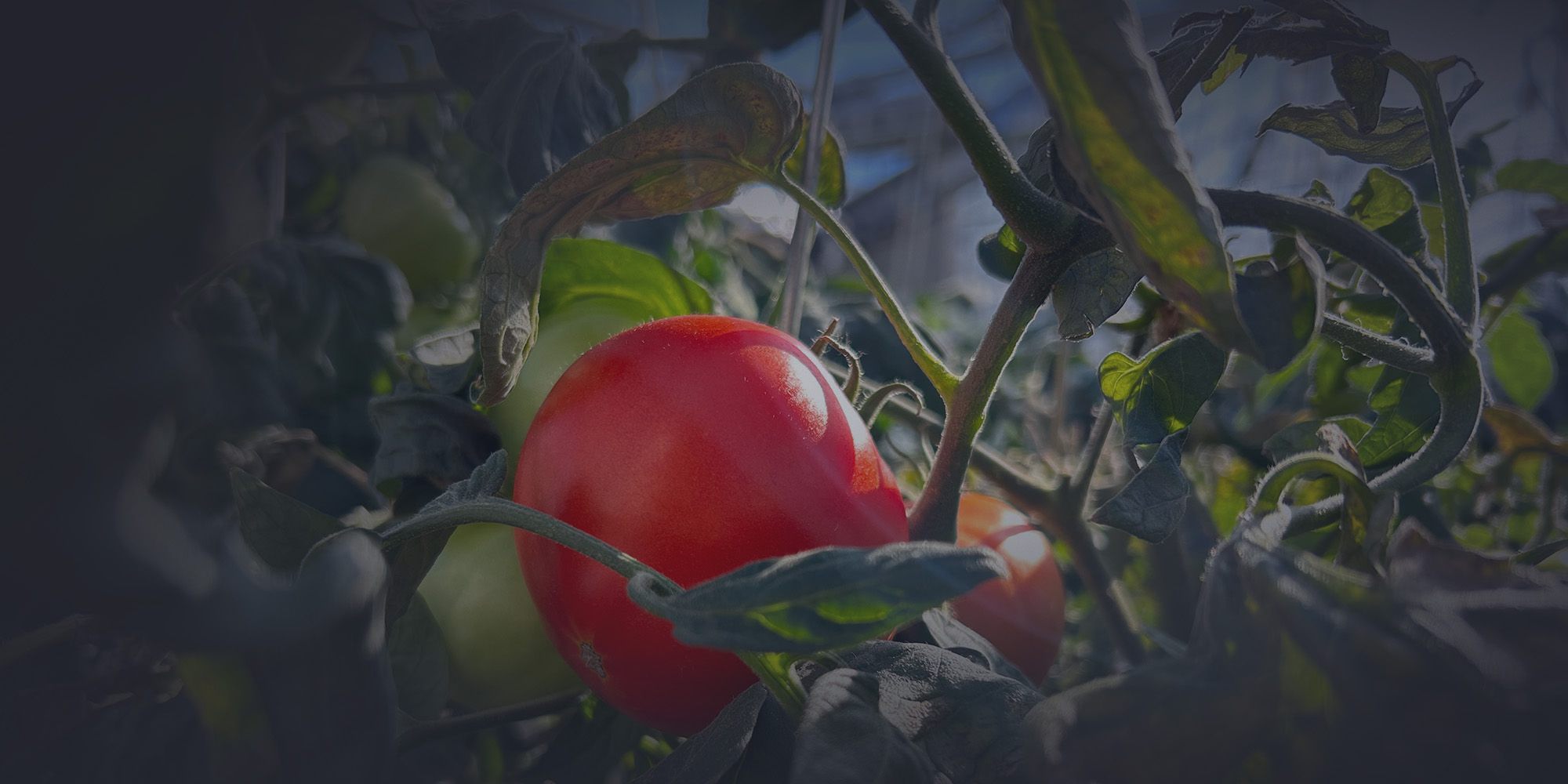Protecting tomato from bacterial spot by inserting the bs5 resistance gene from pepper
Project Overview
We are developing a disease-resistant variety of tomato to prevent major crop losses.
Plant pathogens severely affect agricultural productivity. Sustaining efficient productivity is essential for maintaining long-term food security. Much research is aimed toward finding novel resistance genes and generating crops with improved disease resistance. A majority of the disease resistance genes are dominant and encode a class of proteins with similar structural domains. The Bs5 gene has an unknown function, encodes a protein with an atypical structure compared to known resistance proteins, and is conserved among crop species. In pepper, a recessive allele(bs5) confers disease resistance against Xanthomonas euvesicatoria, which causes bacterial spot of pepper and tomato. Bacterial spot disease occurs globally and has caused major productivity losses in commercial crops.
Deploying the bs5 allele in tomato cultivars has the potential to confer disease resistance against bacterial spot in this crop as well. Pepper and tomato are not sexually compatible, so classical plant breeding strategies cannot be employed to establish bs5 resistance. Our objective is to establish bs5 resistance in tomatoes using the CRISPR-Cas9 genome editing system. We are also studying the molecular basis for bs5 resistance at the transcriptomic and proteomic levels. Investigating bs5 resistance will bolster deployment of bs5 in commercial crops and advance our understanding of monogenic resistance genes.
Return to Climate & Sustainable Agriculture Program >
Learn more about the Plant Genomics and Transformation Facility at the IGI >
Publications
Loss of function of a DMR6 ortholog in tomato confers broad-spectrum disease resistance
Thomazella DPDT, Seong K, Mackelprang R, Dahlbeck D, Geng Y, Gill US, Qi T, Pham J, Giuseppe P, Lee CY, Ortega A, Cho M-J, Hutton SF, and Staskawicz B. PNAS
The immune receptor Roq1 confers resistance to the bacterial pathogens Xanthomonas, Pseudomonas syringae, and Ralstonia in tomato.
Thomas NC, Hendrich CG, Gill US, Allen C, Hutton SF, and Schultink A. Frontiers in Plant Science
